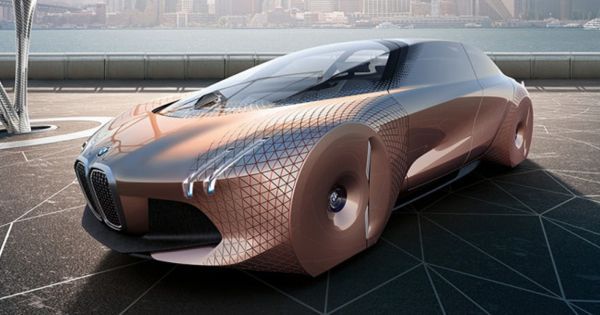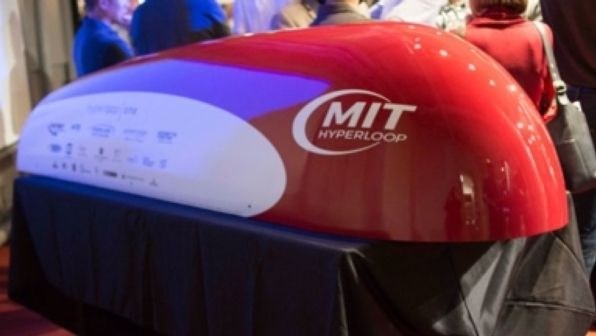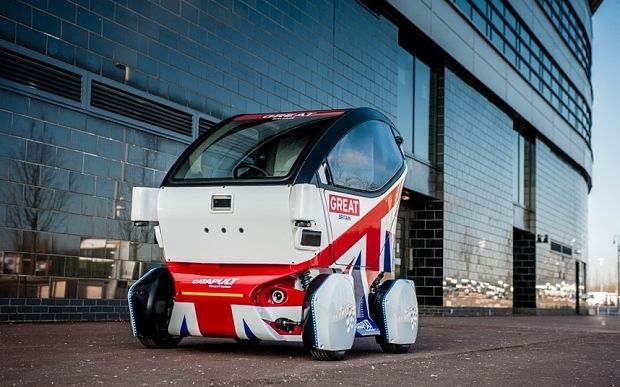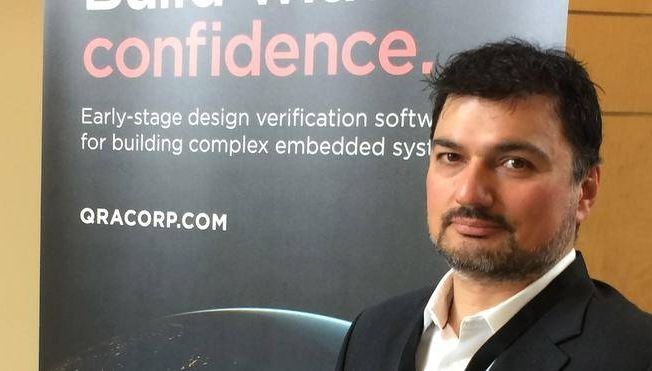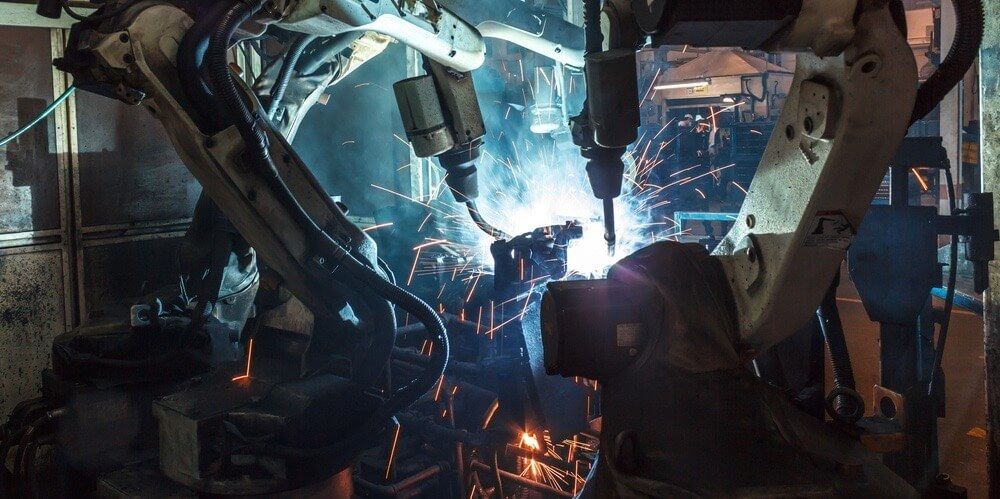May 15, 2016
BMW’s First Self-Driving Car to Come Out in 2021
Posted by Shailesh Prasad in categories: law, robotics/AI, transportation
https://youtube.com/watch?v=m3JAtvsqfF8
CEO Harald Krueger has announced a third electric model in their BMW i series: a self-driving, intelligent luxury car named i Next, to be released by 2021.
Shortly after the announcement of its first two electric models i3 and i8, BMW is confirming its release of a third model in its “BMW i” series. Their first self-driving car, called i Next, is an autonomous, intelligent luxury car which will be released in 2021.
Continue reading “BMW’s First Self-Driving Car to Come Out in 2021” »
